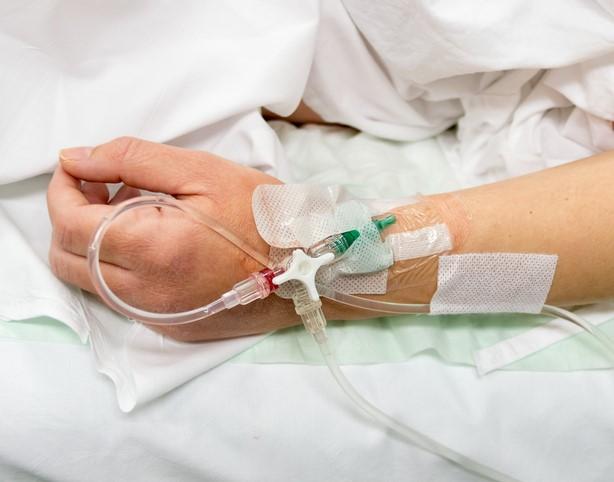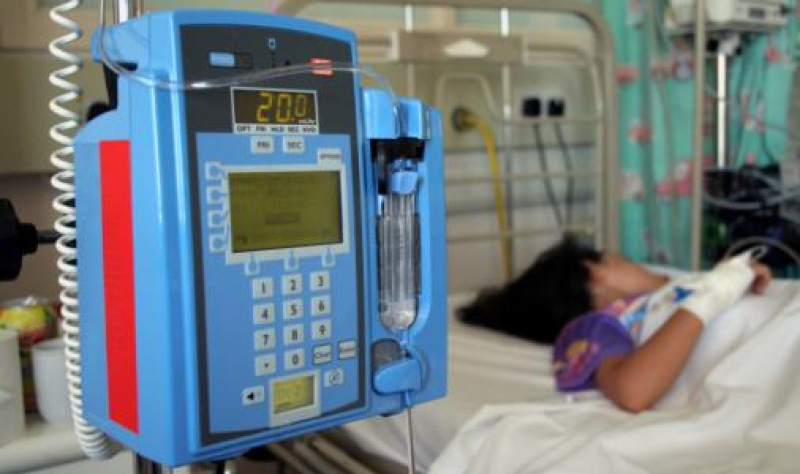Health experts say there’s an undercount of COVID-19 cases due to more people using at-home tests


COVID-19 cases are quickly increasing across the nation due to the B.A.4 and B.A.5 variants of the virus.Health officials say the new variants are highly contagious but overall cause mild infection. In California, hospitalizations and ICU admissions are not spiking, but are slowly inching back up.Meanwhile, hospitalizations are holding steady in Sacramento County.”Even though we’re still seeing that impact in the number of cases, especially reinfections … we are not seeing an increase in hospitalizations because most people are getting mild disease,” Dr. Olivia Kasirye, the public health officer for Sacramento County, told KCRA 3 on Monday. Although state and county data show cases increasing, this data is no longer representing the entire picture. This is because more people are using at-home COVID-19 tests as fewer people are leaving their homes to take PCR tests.At-home tests go unreported to local health officials, so case counts across the U.S. are undercounted.”We know that the counts we have on our dashboard are an estimate,” Dr. Kasirye explained. “We just know that it’s not counting everybody because a lot of people either don’t get tested or are using the at-home kits.”She said at-home testing is important because it’s available and allows people to test and isolate quickly should they be infected with the coronavirus. What to do if your at-home COVID-19 test is positiveWhen asked what someone should do if they test positive on an at-home test, a spokesperson with the California Department of Public Health sent a statement to KCRA 3 that read in part: “Currently, there are no mechanisms that require reporting of self-test results to public health authorities. The utility of such reporting to inform public health surveillance would be limited, because voluntary reporting of self-test results will often be anonymous or lack data necessary for public health analysis or action. Individuals who test positive using a self-test should follow the same isolation procedures as those who receive a PCR test, and if symptomatic should follow-up with their health care provider as necessary.”To help fill the case count gap left behind by at-home testing, state and local health officials say testing wastewater for the virus that causes COVID-19 can serve as an early warning detection system for the virus in a regional area. Dr. Kasirye said Sacramento County has been using wastewater surveillance since early on in the pandemic.Meanwhile, Healthy Central Valley Together is partnering with UC Davis, UC Merced, and local public health departments to monitor wastewater in Yolo, Stanislaus and Merced counties.”What’s useful with wastewater is that everybody uses toilets, right?” Heather Bischel, an associate professor of Civil and Environmental Engineering at UC Davis said. “If you’re infected with the virus and shedding it into the wastewater system, that happens before you may even know you have symptoms or if you’re asymptomatic.” CDPH told KCRA 3 that it is currently working to expand wastewater surveillance statewide, to have data from all regions of California. Testing wastewater can prove especially helpful in rural areas, regions with limited resources, and places where testing rates are low.
COVID-19 cases are quickly increasing across the nation due to the B.A.4 and B.A.5 variants of the virus.
Health officials say the new variants are highly contagious but overall cause mild infection. In California, hospitalizations and ICU admissions are not spiking, but are slowly inching back up.
Advertisement
Meanwhile, hospitalizations are holding steady in Sacramento County.
“Even though we’re still seeing that impact in the number of cases, especially reinfections … we are not seeing an increase in hospitalizations because most people are getting mild disease,” Dr. Olivia Kasirye, the public health officer for Sacramento County, told KCRA 3 on Monday.
Although state and county data show cases increasing, this data is no longer representing the entire picture. This is because more people are using at-home COVID-19 tests as fewer people are leaving their homes to take PCR tests.
At-home tests go unreported to local health officials, so case counts across the U.S. are undercounted.
“We know that the counts we have on our dashboard are an estimate,” Dr. Kasirye explained. “We just know that it’s not counting everybody because a lot of people either don’t get tested or are using the at-home kits.”
She said at-home testing is important because it’s available and allows people to test and isolate quickly should they be infected with the coronavirus.
What to do if your at-home COVID-19 test is positive
When asked what someone should do if they test positive on an at-home test, a spokesperson with the California Department of Public Health sent a statement to KCRA 3 that read in part:
“Currently, there are no mechanisms that require reporting of self-test results to public health authorities. The utility of such reporting to inform public health surveillance would be limited, because voluntary reporting of self-test results will often be anonymous or lack data necessary for public health analysis or action. Individuals who test positive using a self-test should follow the same isolation procedures as those who receive a PCR test, and if symptomatic should follow-up with their health care provider as necessary.”
To help fill the case count gap left behind by at-home testing, state and local health officials say testing wastewater for the virus that causes COVID-19 can serve as an early warning detection system for the virus in a regional area.
Dr. Kasirye said Sacramento County has been using wastewater surveillance since early on in the pandemic.
Meanwhile, Healthy Central Valley Together is partnering with UC Davis, UC Merced, and local public health departments to monitor wastewater in Yolo, Stanislaus and Merced counties.
“What’s useful with wastewater is that everybody uses toilets, right?” Heather Bischel, an associate professor of Civil and Environmental Engineering at UC Davis said. “If you’re infected with the virus and shedding it into the wastewater system, that happens before you may even know you have symptoms or if you’re asymptomatic.”
CDPH told KCRA 3 that it is currently working to expand wastewater surveillance statewide, to have data from all regions of California.
Testing wastewater can prove especially helpful in rural areas, regions with limited resources, and places where testing rates are low.



